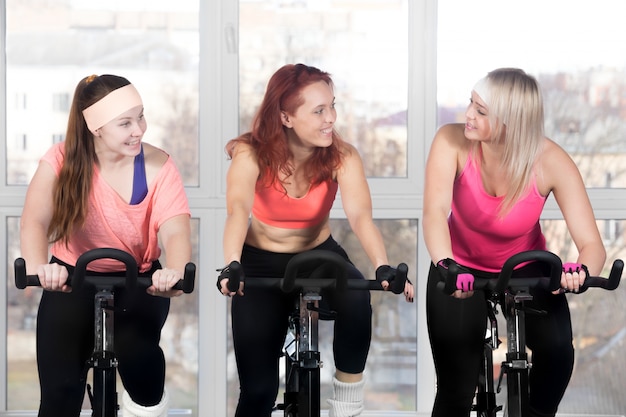Pregnancy & Postpartum Walking Guide: Safe Steps to Boost Health and Energy
Staying active during pregnancy and the postpartum period is one of the most effective ways to support your physical and mental well-being. Walking is a low-impact, accessible form of exercise that can be safely adapted throughout all stages of pregnancy and recovery. This beginner-friendly guide offers practical tips, weekly step goals, and essential safety reminders to help you confidently increase your daily step count—naturally and safely.
Why Walking Matters During Pregnancy and Postpartum
Walking is often underestimated, but it offers powerful benefits for expectant and new mothers. During pregnancy, regular walking can:
- Improve circulation and reduce swelling
- Support healthy weight gain
- Lower the risk of gestational diabetes
- Enhance mood by reducing stress and anxiety
- Promote better sleep
- Prepare your body for labor by encouraging optimal fetal positioning
In the postpartum phase, walking helps rebuild stamina, supports pelvic floor recovery, and can gently ease you back into regular physical activity—especially important if you're healing from a cesarean section or vaginal delivery.

Getting Started: Simple Tips for Success
If you're new to walking or returning after a break, start gently. The goal is consistency, not intensity. Here’s how to begin:
- Choose the right footwear: Wear supportive, cushioned shoes with good arch support to reduce joint strain.
- Wear comfortable clothing: Opt for breathable, moisture-wicking fabrics and a supportive maternity or sports bra.
- Time your walks wisely: Avoid the hottest part of the day. Early morning or late afternoon walks are often more comfortable.
- Stay hydrated: Keep a water bottle handy, especially in warm weather.
- Use a tracker: A pedometer, smartwatch, or phone app can help you monitor your progress and stay motivated.
Weekly Step Goals: A Gradual Approach
Every woman’s starting point is different. Whether you’re sedentary or already moderately active, these weekly targets offer a safe, progressive plan.
Pregnancy Phase (First Trimester Onward)
- Week 1–2: 3,000–4,000 steps/day (about 20–25 minutes)
- Week 3–4: 5,000–6,000 steps/day
- Week 5–8: 7,000 steps/day
- Week 9–12 and beyond: 7,000–9,000 steps/day, adjusting as energy and comfort allow
Listen to your body. Some days you may walk less—and that’s okay. The key is to remain consistent without pushing too hard.
Postpartum Phase (After Clearance from Care Provider)
Most women can begin walking shortly after delivery, but always wait for medical clearance—typically around 6 weeks postpartum, or sooner for uncomplicated vaginal births.
- Week 1 post-clearance: 2,000–3,000 steps/day (short 10–15 minute walks)
- Week 2: 4,000 steps/day
- Week 3–4: 6,000 steps/day
- Week 5–6: 8,000 steps/day
- Week 7+: Aim for 7,000–10,000 steps/day as tolerated

Safety First: Important Reminders
While walking is generally safe, certain precautions are essential during pregnancy and postpartum recovery.
During Pregnancy
- Stop and rest if you feel dizzy, short of breath, or experience pelvic/abdominal pain.
- Avoid uneven terrain to reduce fall risk as your center of gravity shifts.
- Don’t overheat. Walk in shaded areas and wear light clothing.
- Stay balanced. As your belly grows, avoid walking too fast or on slippery surfaces.
- Consult your care provider before starting any exercise if you have conditions like preeclampsia, placenta previa, or cervical insufficiency.
During Postpartum
- Wait for medical clearance before resuming structured activity.
- Watch for warning signs: heavy bleeding, sharp pain, or leaking urine during or after walking may indicate you’re progressing too quickly.
- Engage your core gently. Focus on posture and pelvic floor awareness with each step.
- Carry your baby safely. If using a carrier, ensure it supports your back and distributes weight evenly.
Making Walking a Sustainable Habit
Consistency beats intensity. To stay motivated:
- Walk with a friend or join a prenatal/postpartum walking group.
- Take baby along in a stroller for fresh air and bonding.
- Break steps into smaller chunks—three 10-minute walks are just as beneficial as one 30-minute session.
- Celebrate small milestones, like hitting 5,000 steps for a week straight.
Walking isn’t just exercise—it’s a way to connect with your changing body, clear your mind, and build resilience through one of life’s most transformative journeys.
Always consult your healthcare provider before beginning or resuming any exercise program during pregnancy or postpartum.

















